Every day seems too short. You’re constantly responding to emails, attending meetings, and juggling multiple projects. At the end of the week, you wonder, “What did I actually accomplish?” With endless to‑dos and limited hours, effective time management and task prioritization are crucial. Fortunately, some strategies and tools can help you regain control. This comprehensive guide explains how to manage your time and prioritize tasks, leveraging proven frameworks, practical techniques, and modern tools like Everhour’s time tracker to track time and stay on track.
What Does “Managing Time and Prioritizing Tasks” Mean?
Time management is planning and controlling how you spend your hours to focus on what truly matters, avoiding burnout. Task prioritization ranks activities by importance, urgency, and impact, helping you decide what to do first, what can wait, and what may not need doing at all.
🌟 Why it matters
- 🚀 Boosts productivity – Focus on high-impact tasks rather than busywork.
- 😌 Reduces stress – Clear priorities reduce anxiety.
- 🧠 Improves decision-making – Helps you say “yes” and “no” wisely.
- ⚖️ Enhances work-life balance – Efficient time use frees hours for family, hobbies, and rest.
Key Strategies for Managing Time
Managing time is a skill that requires practice. Here are several widely used methods.
1. Time blocking
Time blocking involves dividing your day into blocks and dedicating each to a specific task or group of tasks. It prevents multitasking and encourages deep work. Time blocking apps let you see the productivity bottlenecks and get rid of them.
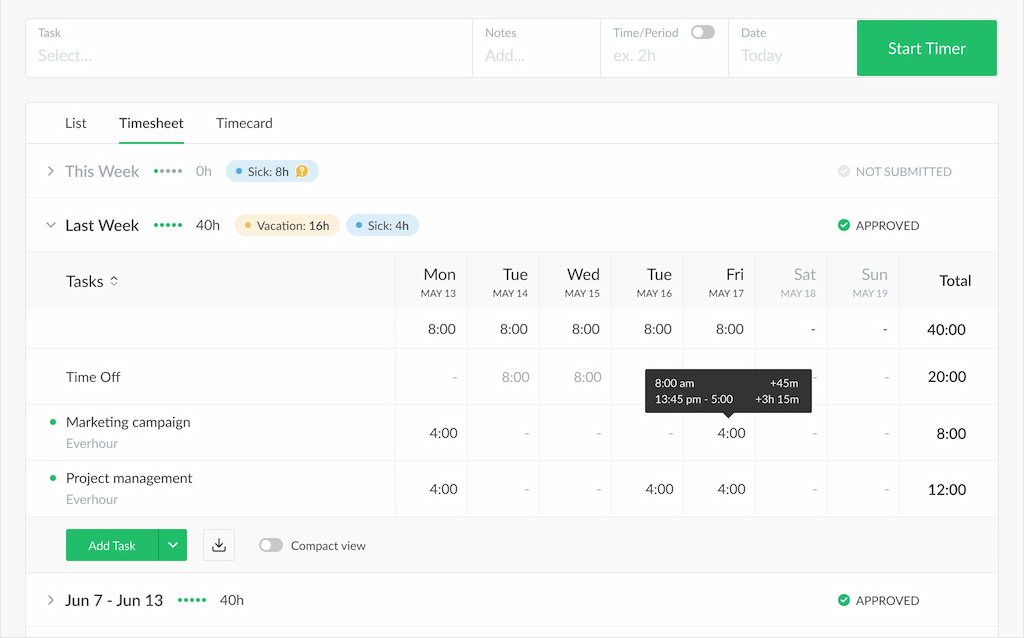
❓ How to do it
- List tasks for the day.
- Allocate a block of time for each (e.g., 1–2 pm for email, 2–4 pm for project work).
- Use calendar apps or paper planners.
✅ Benefits
- Reduces context-switching.
- Provides structure and focus.
- Visualizes available time.
❌ Limitations
- Requires discipline to follow the schedule.
- Unexpected tasks can disrupt the plan.
2. Pomodoro technique
Pomodoro method breaks work into 25‑minute intervals (called Pomodoros) separated by short breaks.
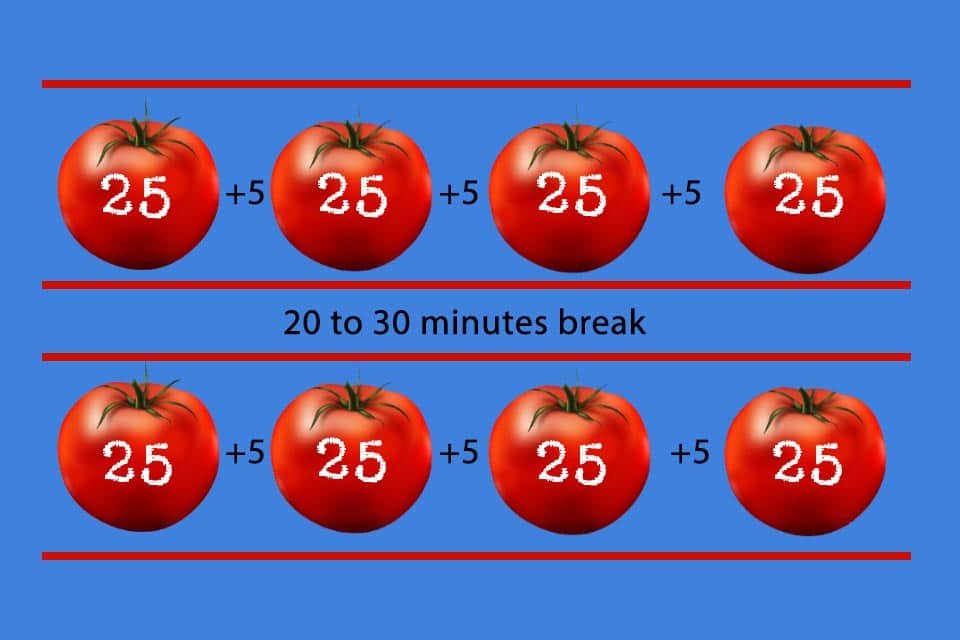
❓ How to do it
- Choose a task.
- Set a timer for 25 minutes.
- Work intensely until the timer rings.
- Take a 5‑minute break.
- After four Pomodoros, take a longer break (15–30 minutes).
✅ Benefits
- Keeps you focused.
- Encourages regular breaks, preventing burnout.
- Helps estimate how many Pomodoros tasks require.
❌ Limitations
- Not ideal for tasks requiring longer, uninterrupted focus.
3. Time blocking & Pomodoro combined
Combine time blocking and Pomodoro for maximum efficiency. Use time blocks and break them into Pomodoros. This offers structure and allows micro‑breaks.
Frameworks for Prioritizing Tasks
Once you have a handle on your schedule, you need to decide which tasks deserve priority. Multiple frameworks can help. Here are the most commonly used time management techniques to help you with prioritization.
1. Eisenhower Matrix
Popularized by former US President Dwight Eisenhower, this framework divides tasks into four quadrants based on urgency and importance.
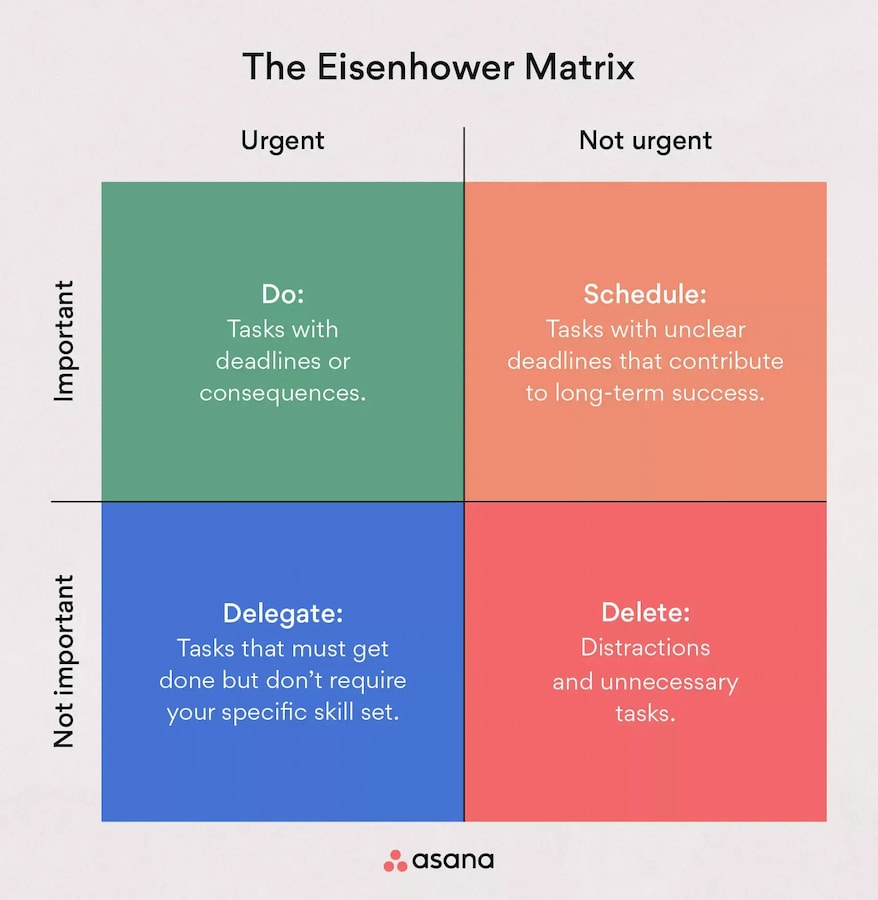
🧠 How to use
- List all your tasks.
- Categorize each based on urgency and importance.
- Focus on tasks in the “Do First” quadrant.
🌟 Benefits
- Simple and visual.
- Encourages delegation and elimination.
👀 Limitations
- Subjective; requires honest self-assessment.
2. ABCDE method
This technique categorizes tasks by their value and consequences.
- A tasks: Must do; serious consequences if not done.
- B tasks: Should do; minor consequences.
- C tasks: Nice to do; no consequences.
- D tasks: Delegate if possible.
- E tasks: Eliminate to save time.
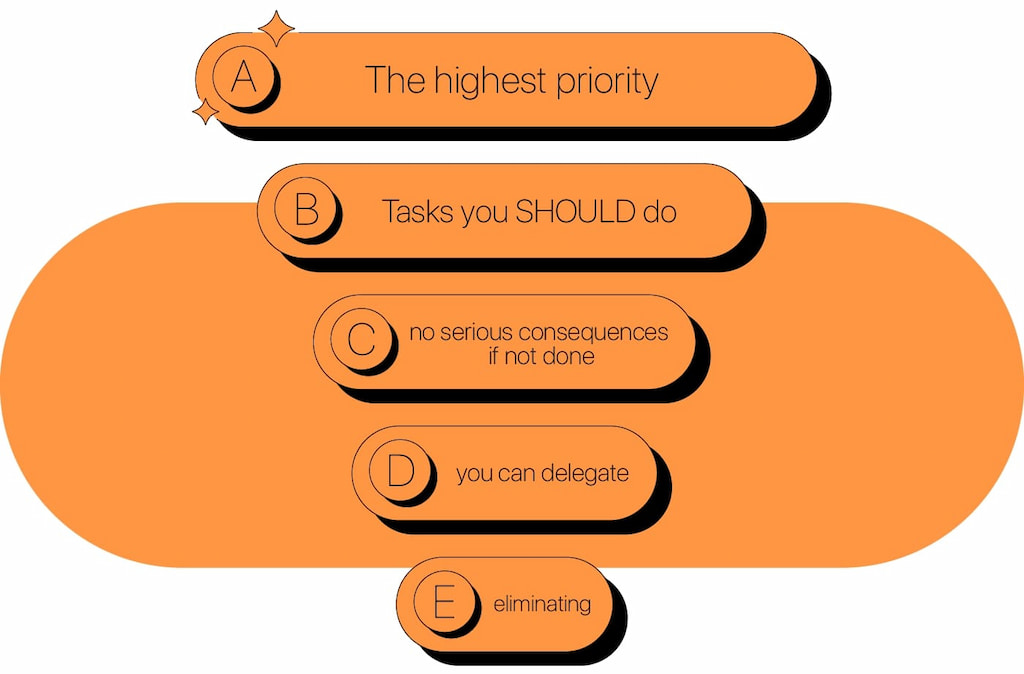
🧠 How to use
- Write down tasks.
- Assign each a letter (A, B, C).
- Within each letter, prioritize tasks (A‑1, A‑2, etc.).
- Do A‑1 first.
🌟 Benefits
- Clear hierarchy.
- Encourages delegation and elimination.
👀 Limitations
- Requires discipline to follow the order.
3. MoSCoW method
Commonly used in project management, MoSCoW prioritizes tasks as:
- Must have: Essential for success.
- Should have: Important but not vital.
- Could have: Nice to have if time allows.
- Won’t have (this time): Postponed or dropped.
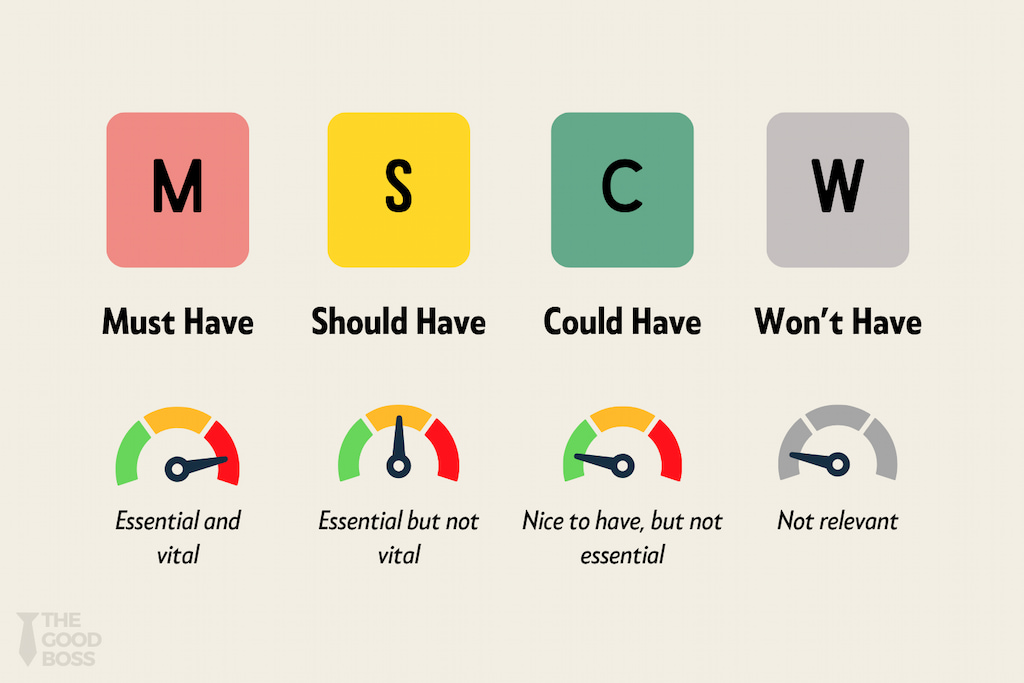
🧠 How to use
- List tasks or project requirements.
- Categorize them into Must, Should, Could, Won’t.
- Focus on Must and Should tasks first.
🌟 Benefits
- Useful for planning product features or project scopes.
- Encourages realistic expectations.
👀 Limitations
- Better suited for projects than daily tasks.
4. 1‑3‑5 Rule
This rule suggests working on one big task, three medium tasks, and five small tasks per day. It helps prevent overcommitting.
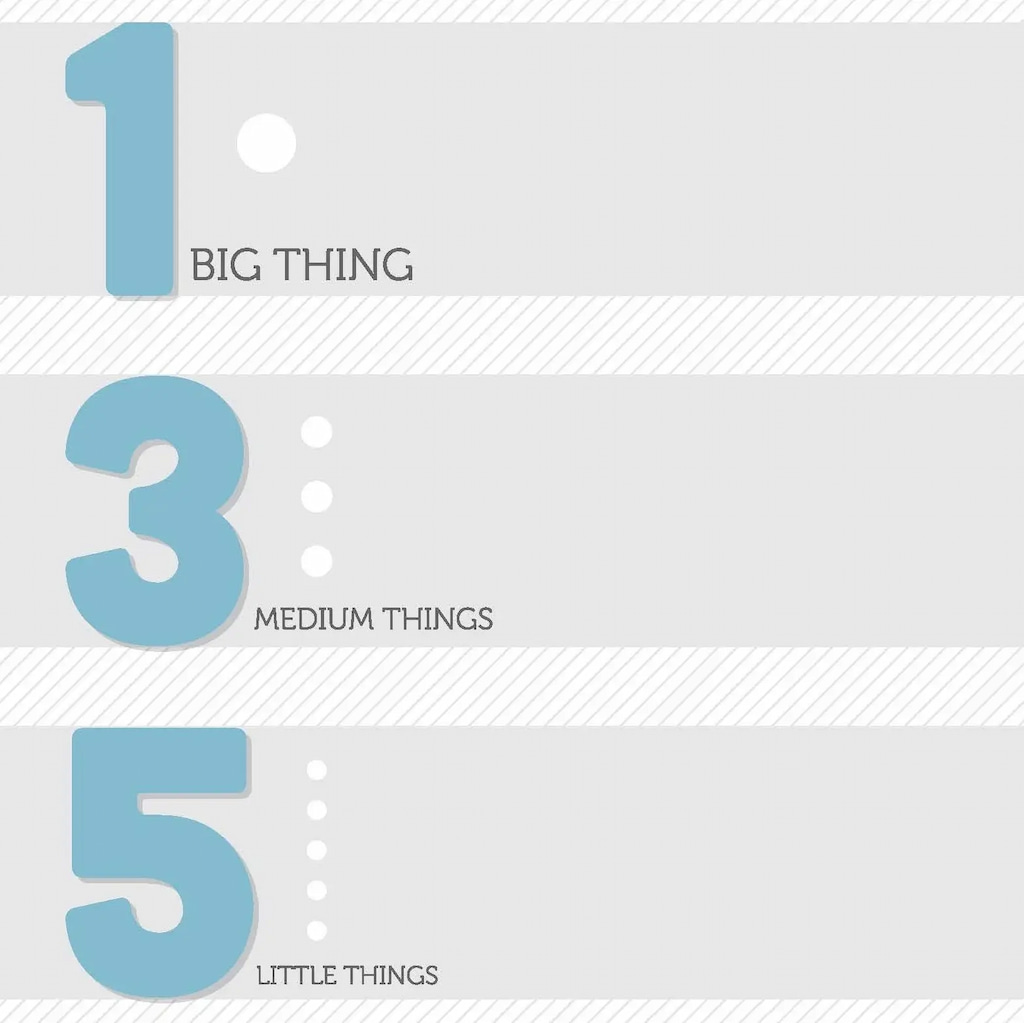
🧠 How to use
- Identify one major task requiring deep work.
- Add three medium‑importance tasks.
- Finish five small tasks that are quick or administrative.
🌟 Benefits
- Promotes realistic daily goals.
- Offers variety and prevents burnout.
👀 Limitations
- Not flexible for busy days with urgent issues.
Tools to Implement These Strategies
Digital task managers
- Asana, ClickUp, and Trello: Great for organizing tasks and projects. They often integrate with time tracking tools like Everhour.
- Todoist: Perfect for personal task lists. Offers labels and filters.
- Evernote: Ideal for note-taking and quick lists.
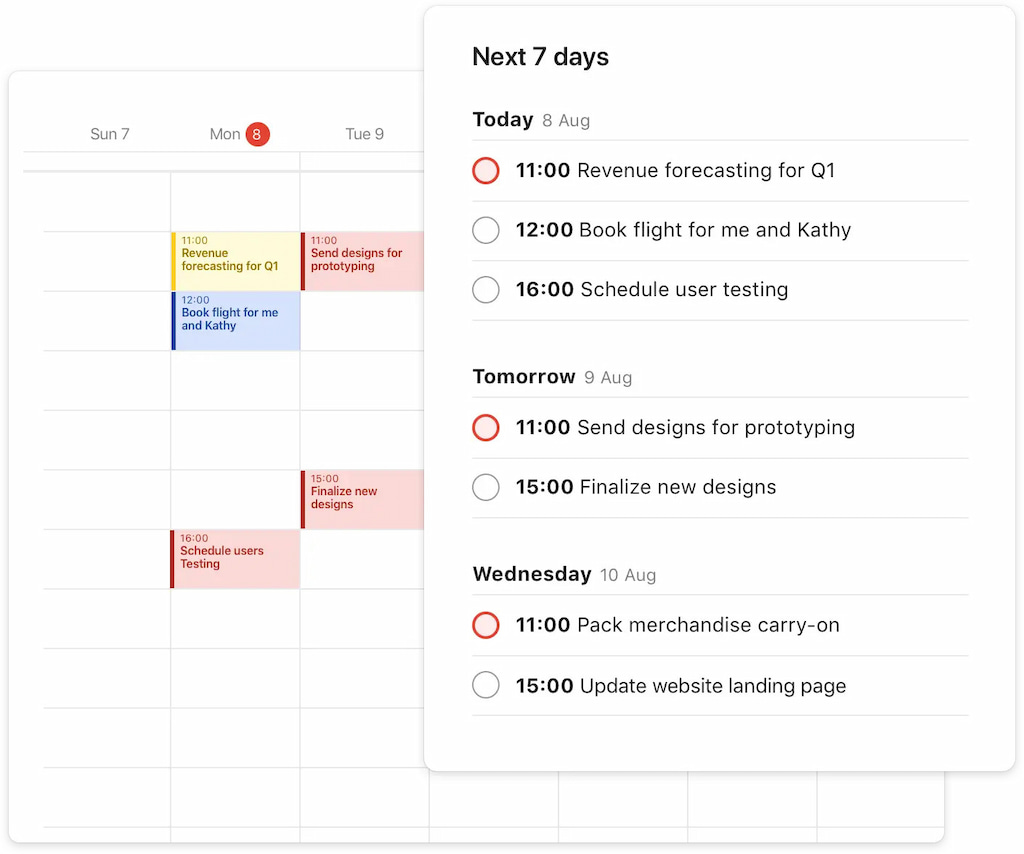
Calendars & planners
- Google Calendar/Outlook: Use for time blocking and reminders.
- Paper planners: Some people prefer analog planning for better retention and satisfaction.
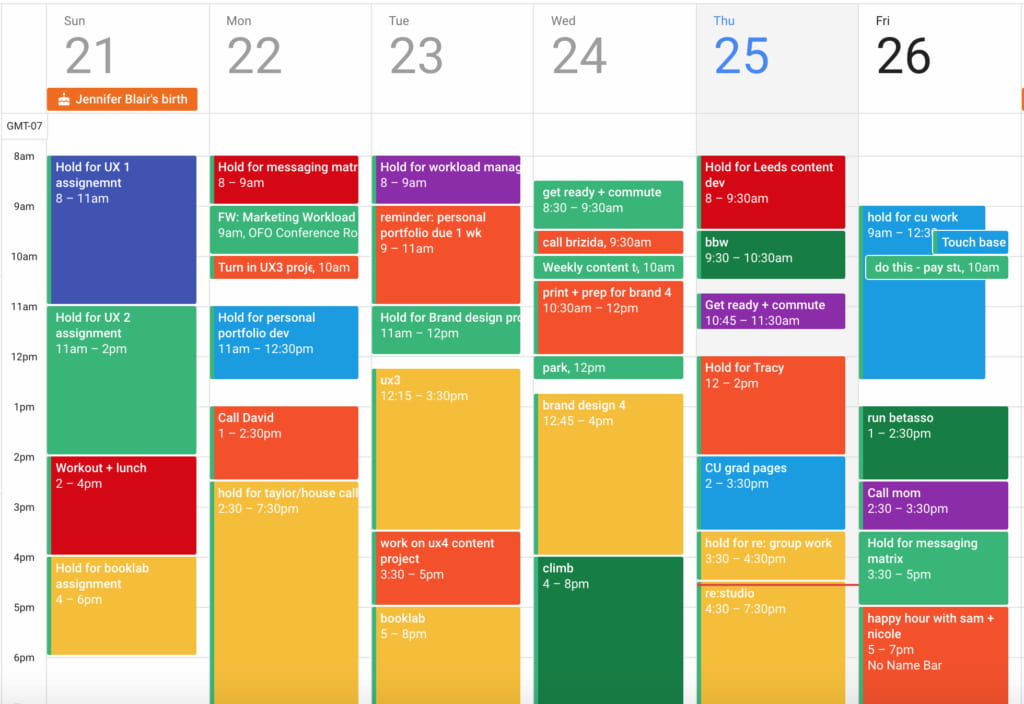
Time tracking tools
Time tracking tools help you understand how long tasks take, compare estimates to actuals, and adjust priorities. For small teams and freelancers, cost is a factor. Popular affordable tools include:
- Everhour: Integrates seamlessly with project management platforms. Provides budgeting, reports, and alerts.
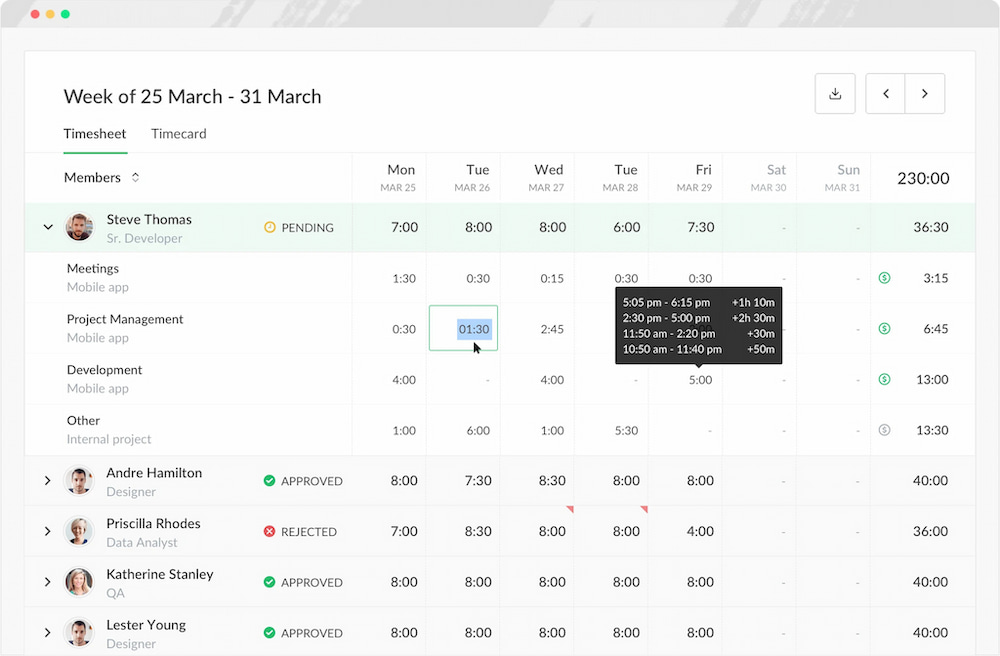
- Toggl Track: Simple interface with free plans. Good for one-click timing.
- Clockify: Free time tracking for unlimited users.
- TimeCamp: Offers automatic tracking and productivity analysis.
How Everhour Enhances Time Management
Everhour is a time tracking tool that embeds into task managers like Asana, Trello, ClickUp, and Basecamp. Here’s how it helps manage time and prioritize tasks:
- Accurate time estimates: By logging hours per task, you learn how long certain tasks actually take. If you underestimate a task’s duration, Everhour’s data allows you to recalibrate your schedule.
- Budgets & alerts: Set budgets for tasks or projects. Everhour alerts you when you approach the limit. This helps with project prioritization and ensures you don’t overspend time on low‑value tasks.
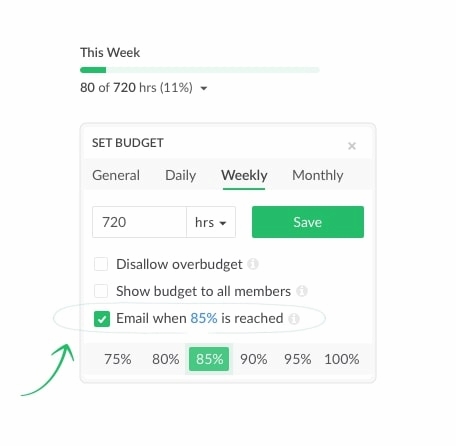
- Comprehensive reports: Everhour generates reports on time spent by project, client, or team member. Managers can use these reports to allocate resources and identify bottlenecks.
- Invoicing & payroll: For freelancers or small teams billing by the hour, Everhour integrates with accounting systems. This reduces administrative burden, freeing up time for more important tasks.
- Team visibility: Managers see who’s overloaded and who has capacity. Tasks can be reprioritized accordingly.
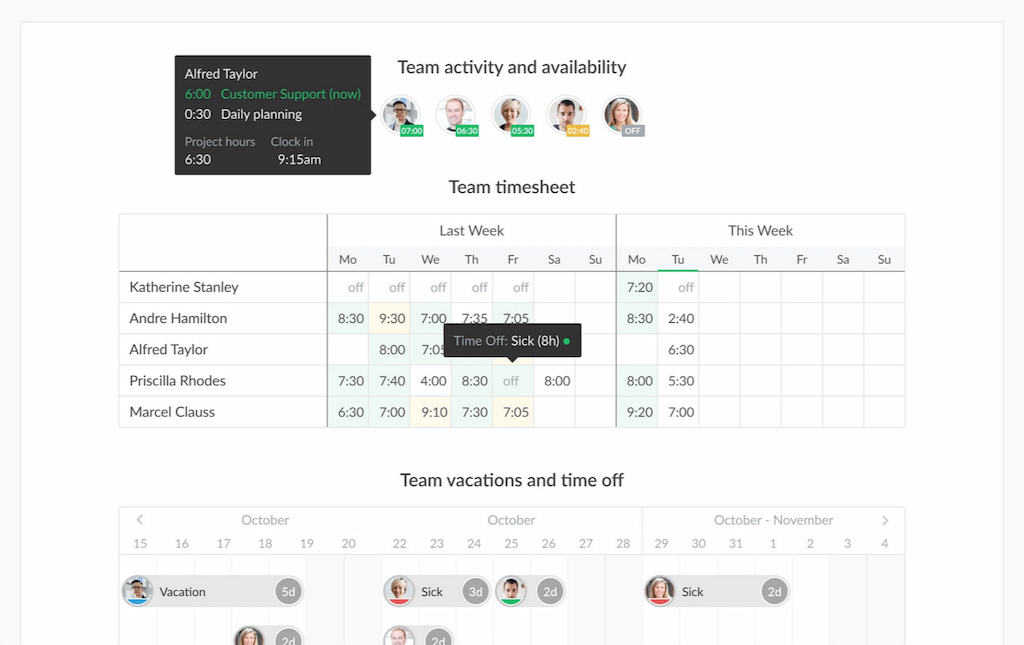
- Focus on high-value work: When you see tasks consuming too much time relative to their importance, you can delegate or drop them.
Example:
Imagine running a small graphic design agency. You plan your day using the ABCDE method and time block tasks in Google Calendar, while tracking everything in Asana with Everhour timers. At the end of the week, reports reveal that “C tasks” like minor emails and quick edits consume as much time as “A tasks.” You delegate repetitive edits to an intern, freeing your time for strategic design. Project budgets keep you from overdelivering without compensation, and Everhour helps you understand actual time use while reinforcing prioritization.
Tips & Best Practices for Managing Time and Prioritizing Tasks
- 🗓️ Plan daily: At the start of each day, list tasks and categorize them (Eisenhower, ABCDE). Block time accordingly.
- ⏰ Identify peak hours: Know when you’re most productive (morning or afternoon). Schedule deep work during peak times.
- ⚡ Use the two-minute rule: If a task takes less than two minutes, do it immediately. It’s not worth delaying or planning.
- 🚫 Avoid multitasking: Focus on one task at a time. Multitasking reduces efficiency and quality.
- 🛑 Set boundaries: Build buffer time between tasks to avoid stress. Don’t schedule back-to-back calls all day.
- ☕ Take breaks: Use Pomodoro breaks or 10-minute pauses to reset. Short breaks improve focus and creativity.
- 🙅 Learn to say “no”: Decline tasks that don’t align with your goals. Keep your plate manageable.
- 🤝 Delegate and outsource: Free your time for essential work. Delegation helps you focus on high-priority tasks.
- 📊 Review weekly: Reflect on what you accomplished and adjust strategies. Look at Everhour data to identify patterns.
- 🌱 Stay flexible: Plans change. Build flexibility into your schedule. Adjust when urgent matters arise.
FAQ: How Do You Manage Your Time and Prioritize Tasks
How do I decide which prioritization method is best for me?
Try several methods. If you like visual frameworks, the Eisenhower Matrix works well. If you prefer a clear ranking, try the ABCDE method. For project planning, the MoSCoW method helps with feature prioritization.
Is it necessary to track every minute?
Not necessarily. Focus on logging meaningful chunks of work. Over‑tracking can become burdensome. Tools like Everhour allow quick timers, but you don’t need minute-by-minute details unless you bill clients hourly.
How does time tracking help with prioritization?
Time tracking reveals the actual time spent on tasks. If low‑priority tasks consume large blocks, reallocate your efforts. Real data helps adjust expectations and plan realistically.
Can I use digital and paper tools together?
Yes. Some people prefer planning weekly tasks on paper, then using digital tools for daily execution and reminders. Experiment and find what works for you.
Should I prioritise urgent or important tasks first?
It depends. Tasks that are both urgent and important take priority. Next, schedule important tasks that aren’t urgent (long‑term goals). Delegate or drop tasks that aren’t important.
How do I handle interruptions?
Plan buffer time to handle surprises. If urgent, reschedule less critical tasks. If not urgent, politely defer the interruption or schedule a time to address it.
Is Everhour suitable for personal use?
Yes, Everhour’s free plan supports individuals. However, it shines when integrated with project management tools and used by teams. For single users, Toggl or Clockify may suffice.
What if my team resists time tracking?
Explain the purpose (billing accuracy, fair workload, improved planning). Use a simple tool and avoid micromanagement. Start small and show the benefits through reports.
How can I encourage task prioritization in my team?
Use a shared prioritization framework (e.g., Eisenhower Matrix). Train the team on methods, set clear expectations, and review prioritization during weekly meetings.
Are free time tracking tools reliable?
Yes. Tools like Clockify and Toggl offer robust free plans. Evaluate your needs; free plans may be enough for small teams, but paid plans unlock budgeting and reporting.
How Do You Manage Your Time and Prioritize Tasks: Final Thoughts
Time is a finite resource. Managing it effectively—and prioritizing tasks wisely—can transform your productivity and reduce stress. Frameworks like the Eisenhower Matrix, ABCDE method, MoSCoW, and the 1‑3‑5 rule provide structure; techniques like time blocking and Pomodoro help you focus. Tools like Everhour, Toggl Track, and Clockify support accurate time logging and budget management. By combining thoughtful prioritization with practical time tracking, you can reclaim control of your schedule. Start small—pick one method, track your time for a week, review your results, and iterate. With discipline and the right tools, you’ll find yourself accomplishing more and worrying less.

